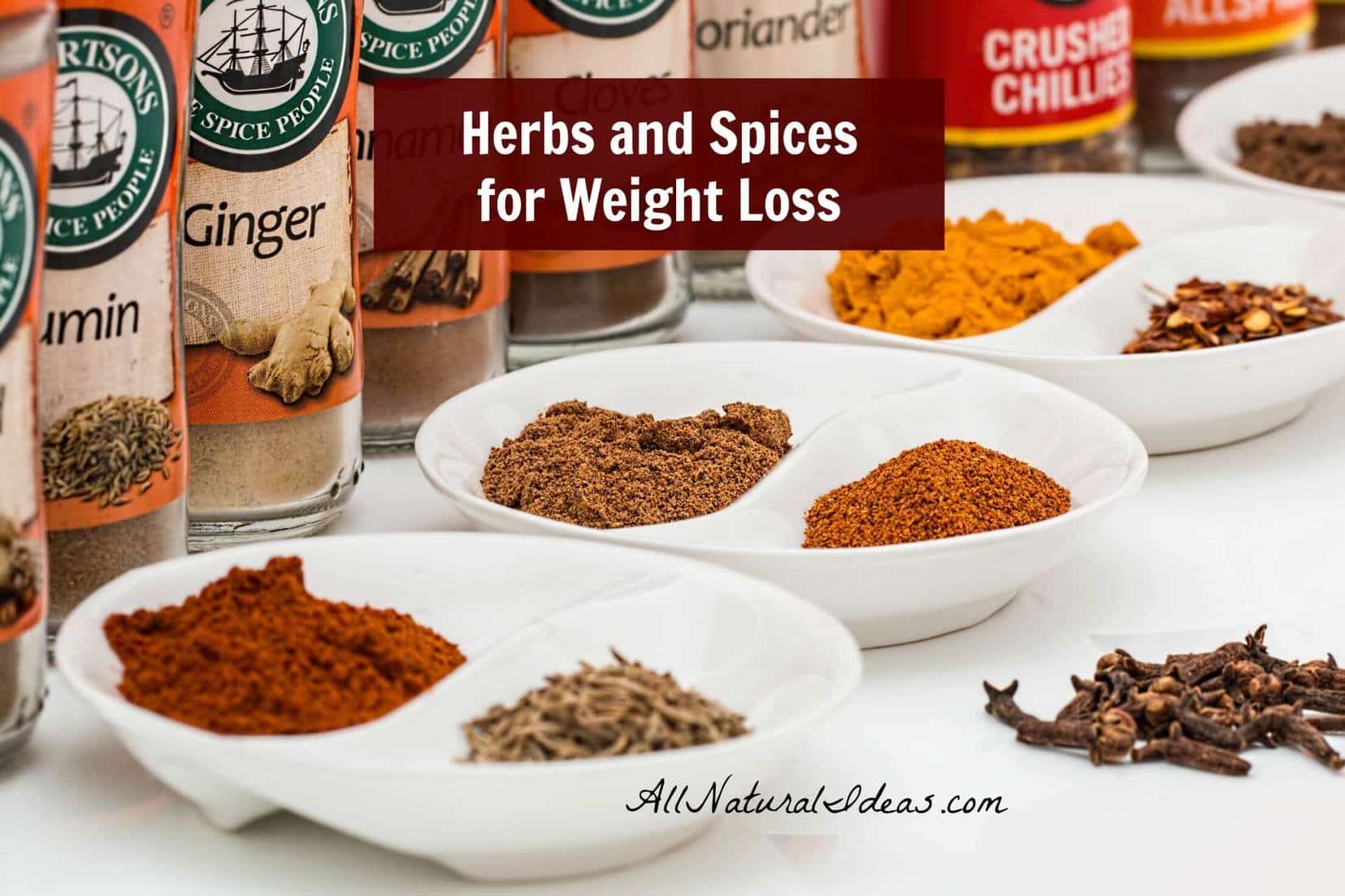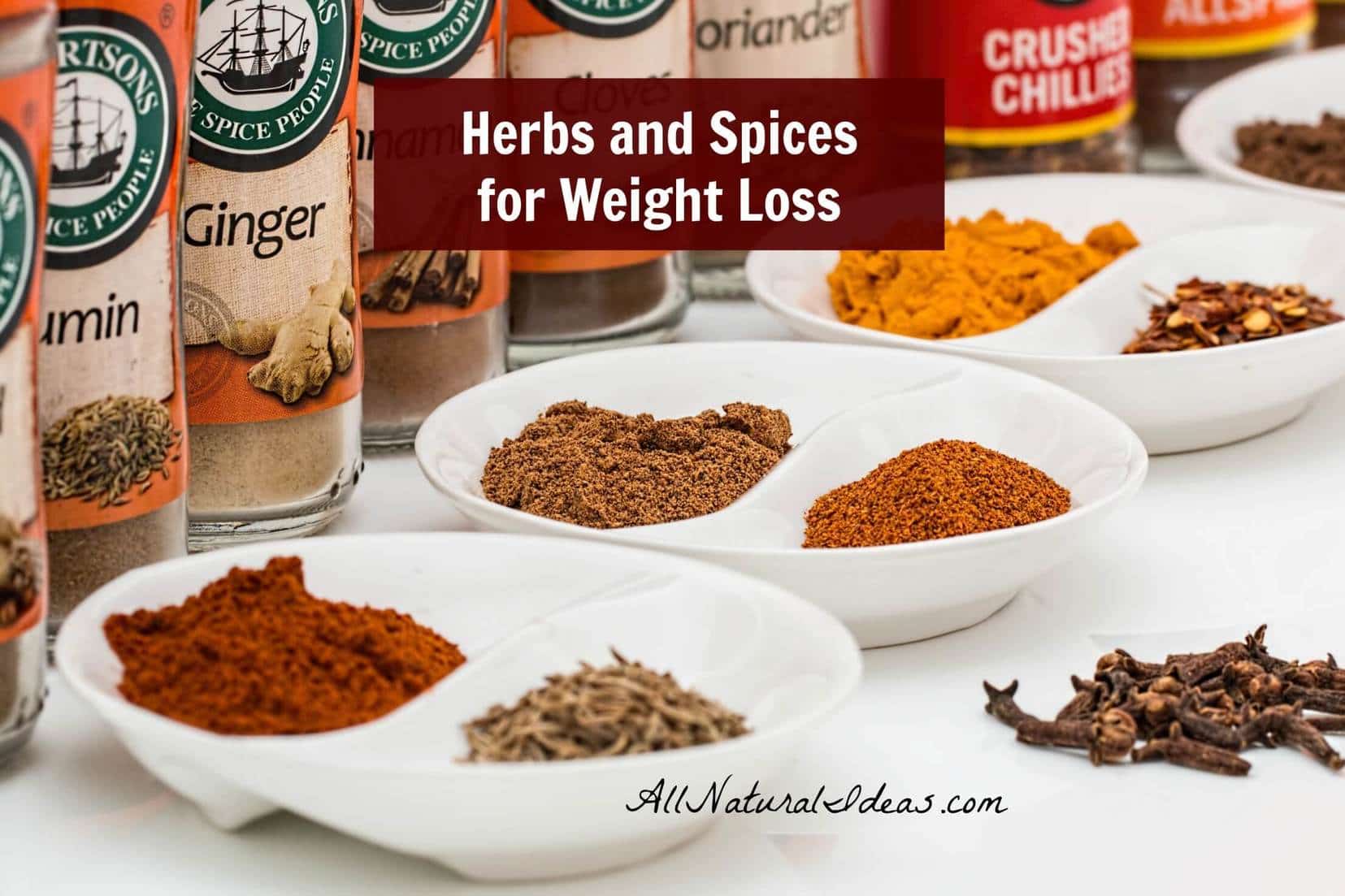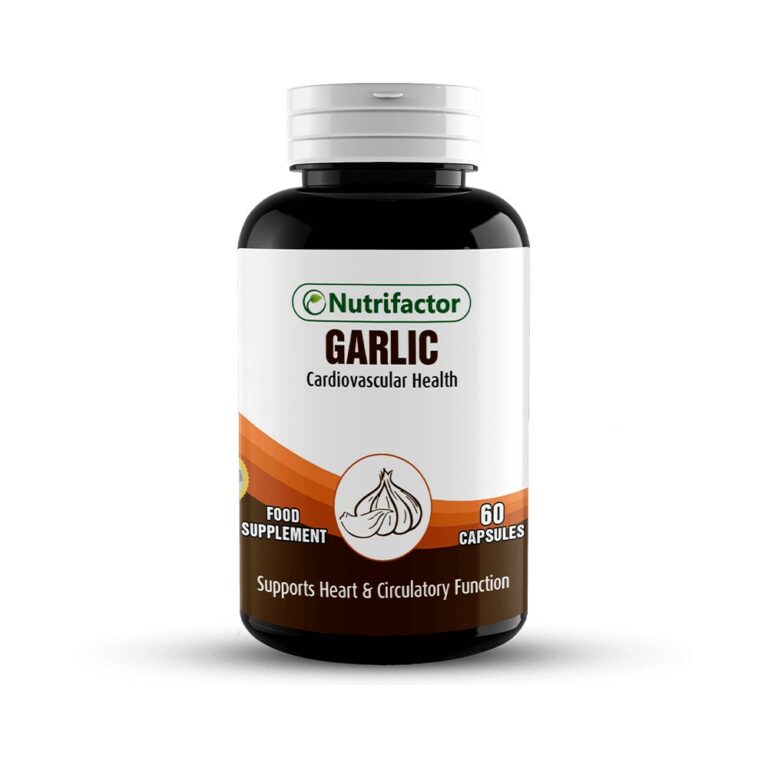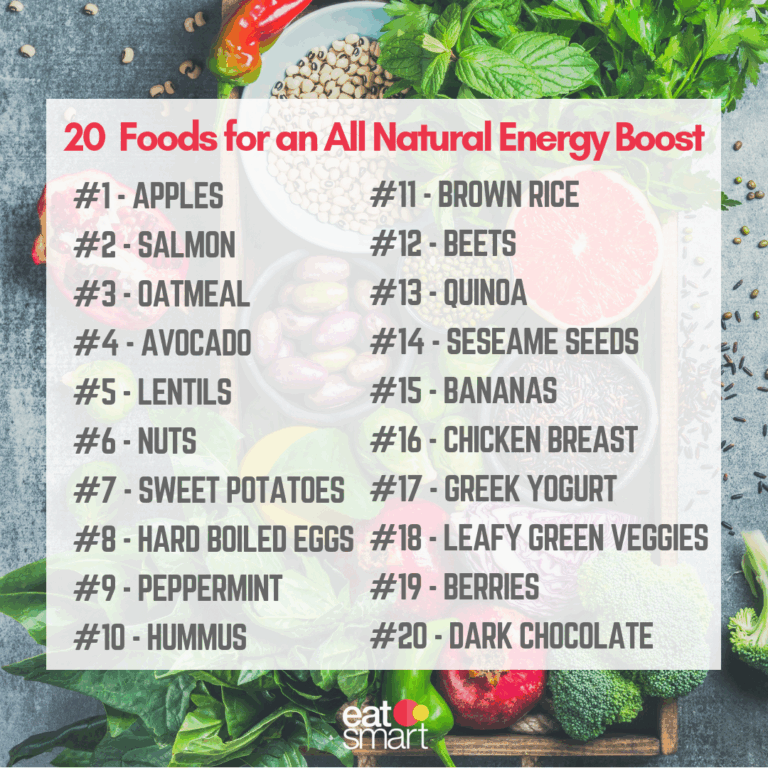Cumin and Weight Loss: Does This Spice Really Burn Fat?
The quest for weight loss is an enduring human pursuit, a narrative woven through countless personal journeys, scientific endeavors, and the ever-evolving landscape of health and wellness. In this intricate tapestry, natural remedies and dietary interventions often emerge as compelling characters, promising a gentle yet effective path to a leaner, healthier self. Among the myriad of spices adorning kitchens worldwide, one humble seed has quietly, then increasingly, stepped into the spotlight of this narrative: Cumin.
Long celebrated for its distinctive aroma and earthy flavor, cumin has graced our plates and tinctures for millennia. But in recent years, its story has taken a new turn, whispering promises not just of culinary delight, but of metabolic magic. The claim, often presented with an enticing blend of ancient wisdom and modern scientific allure, is that cumin can aid in weight loss, perhaps even possessing the remarkable ability to "burn fat."
Does this ancient spice truly hold such power? Is it a potent ally in the relentless battle against excess weight, or merely another fleeting trend in the vast sea of health fads? To answer this, we must embark on a journey, peeling back layers of history, cultural significance, scientific inquiry, and the nuanced understanding of what "burning fat" truly entails. Our audience, discerning and knowledgeable, demands more than simple assertions; it seeks a comprehensive exploration, a story told with depth, evidence, and a balanced perspective.
A Journey Through Time: Cumin’s Ancient Legacy
Before we delve into the intricate dance of molecules and metabolism, let us first appreciate the storied past of Cuminum cyminum. Cumin is not merely a modern health supplement; it is a spice with an ancestry as rich and complex as its flavor.
Origins and Early Cultivation:
Cumin’s roots stretch deep into the arid soils of the Middle East, North Africa, and India. Archaeological evidence suggests its use dates back over 4,000 years to ancient Egypt, where it was not only a culinary ingredient but also an embalming agent and a medicinal herb. Seeds have been found in tombs, illustrating its perceived value even in the afterlife. From there, its cultivation and appreciation spread across the Mediterranean basin, carried by trade routes and cultural exchange. The Greeks and Romans held cumin in high regard, using it extensively in their cuisines and for various therapeutic purposes, including as a digestive aid. Pliny the Elder, the Roman naturalist, documented its use in his encyclopedic work, "Natural History."
Cumin Across Ancient Civilizations:
In ancient Egypt, cumin was more than a spice; it was a symbol of life and protection. Its pungent aroma was thought to ward off evil spirits, and its presence in burial rituals underscored its sacred status.
Moving eastward, cumin found a profound home in Indian subcontinent. Here, it became an indispensable cornerstone of Ayurvedic medicine, one of the world’s oldest holistic healing systems. In Ayurveda, cumin (known as jeera) is revered for its ability to balance doshas (Vata, Pitta, Kapha), particularly aiding digestion (agni) and detoxification. It was prescribed for a range of ailments, from indigestion and diarrhea to fevers and insomnia. Its warming properties were believed to stimulate metabolism and cleanse the body.
Similarly, in Traditional Chinese Medicine (TCM), cumin was utilized for its warming properties, believed to move Qi (life force) and blood, strengthen the spleen, and alleviate digestive stagnation. It was often recommended for abdominal pain, bloating, and poor appetite.
The Middle East and North Africa continued to embrace cumin as a staple, weaving it into the very fabric of their culinary and medicinal traditions. From the tagines of Morocco to the vibrant stews of Persia, cumin provided depth, warmth, and a subtle earthiness that defined regional cuisines. Its use in these regions was also tied to traditional remedies for digestive issues, inflammation, and even as an aphrodisiac.
Culinary Significance and Global Spread:
As trade routes flourished – the Silk Road being a prime example – cumin’s journey continued, reaching Europe, then the Americas with colonial expansion. It became a defining flavor in Mexican, Latin American, and Caribbean cuisines, where its robust profile harmonizes with chilies and other spices. Today, it is one of the most widely used spices globally, found in everything from Indian curries and Middle Eastern falafel to Tex-Mex chili and Dutch cheese.
This long and illustrious history is crucial because it establishes cumin’s intrinsic value beyond any contemporary health trend. For centuries, it has been recognized, albeit through empirical observation rather than randomized controlled trials, for properties that resonate with modern health concerns: digestion, inflammation, and metabolic well-being. These traditional insights provide a rich backdrop against which to examine the modern claims of "fat burning."
The Modern Buzz: Cumin’s Ascent in the Weight Loss Discourse
In the fast-paced information age, where health narratives proliferate on blogs, social media, and news feeds, certain ingredients capture collective attention with remarkable speed. Cumin, a spice long relegated to the background of flavor profiles, has recently emerged as a protagonist in the ongoing drama of weight loss.
Emergence of Claims:
The specific claims linking cumin to weight loss gained significant traction in the early to mid-2010s. While traditional systems like Ayurveda hinted at metabolic benefits, the explicit assertion that cumin could directly "burn fat" or significantly contribute to weight reduction began to circulate more widely. This surge in interest was fueled by a combination of factors:
- Growing interest in "superfoods" and natural remedies: As consumers increasingly sought alternatives to pharmaceutical solutions, natural ingredients with perceived health benefits gained prominence.
- Sensationalized media reports: Often, preliminary scientific findings, or even anecdotal reports, are amplified and simplified by popular media, leading to exaggerated expectations.
- The allure of effortless solutions: The idea of simply adding a spice to one’s diet to achieve weight loss is undeniably appealing in a society constantly seeking convenient fixes.
Anecdotal Evidence and Popular Narratives:
Before rigorous scientific studies confirm a hypothesis, anecdotal evidence often lays the groundwork. Personal testimonials of individuals who incorporated cumin into their diets and reported weight loss began to surface. These stories, shared on online forums, health communities, and personal blogs, often highlighted simple methods like drinking "cumin water" or adding more cumin to meals. The narrative frequently centered on improved digestion, reduced bloating, and a general feeling of lightness, which contributed to the perception of weight loss. While compelling on a personal level, anecdotal evidence, by its very nature, lacks the controlled variables and statistical power required for scientific validation.
Popular Media and Marketing:
The popularity of cumin for weight loss was significantly amplified by its coverage in mainstream health publications and by the marketing efforts of supplement companies. Articles titled "Drink Cumin Water for Weight Loss" or "The Spice That Melts Fat" became common. Supplement manufacturers began to offer concentrated cumin extracts, often positioning them as potent fat burners or metabolism boosters. This commercialization further cemented cumin’s image as a weight loss aid in the public consciousness, sometimes overshadowing the nuance and complexity of its actual effects.
The "buzz" surrounding cumin is a testament to our collective desire for simple, natural ways to improve our health. But to move beyond the excitement and truly understand if cumin lives up to its "fat-burning" reputation, we must delve into the rigorous world of scientific investigation.
Deconstructing the Claim: The Science Behind Cumin and Weight Loss
To understand whether cumin truly "burns fat," we need to examine its chemical composition and the proposed biological mechanisms through which these compounds might exert their effects. This is where the story shifts from historical narrative to molecular biology.
Nutritional Profile of Cumin:
Cumin seeds are more than just flavor; they are packed with a surprising array of nutrients. A typical serving (e.g., 1 tablespoon) contains:
- Fiber: Aids digestion, promotes satiety, and supports gut health.
- Iron: Crucial for oxygen transport and energy production.
- Manganese: An essential cofactor for many enzymes, including those involved in metabolism.
- Calcium, Magnesium, Phosphorus: Important for bone health and various physiological functions.
- Vitamins: Small amounts of Vitamin A, C, E, and B-complex vitamins.
- Antioxidants: Cumin is rich in compounds like phenols, flavonoids, and terpenoids, which combat oxidative stress.
Key Bioactive Compounds:
While the overall nutritional profile is beneficial, the specific actions attributed to cumin are largely due to its unique blend of volatile organic compounds, particularly those found in its essential oil. The most prominent among these are:
- Cuminaldehyde: This is the primary active compound, responsible for much of cumin’s distinctive aroma and many of its purported health benefits. Research suggests it has antioxidant, anti-inflammatory, and antimicrobial properties.
- Cymene and Beta-pinene: Other major constituents of cumin essential oil, also contributing to its aroma and potentially to its biological activities.
- Thymoquinone (present in black cumin seed oil, Nigella sativa, but often mistakenly associated with Cuminum cyminum): It’s crucial to distinguish here. While black cumin (Nigella sativa) is a potent medicinal seed often discussed for weight loss, it is not the same as the culinary cumin (Cuminum cyminum). Thymoquinone is a key compound in black cumin, not regular cumin. Our focus here is specifically on Cuminum cyminum.
- Flavonoids and Phenols: These are powerful antioxidants that help protect cells from damage and reduce inflammation, indirectly supporting overall metabolic health.
Proposed Mechanisms of Action for Weight Loss:
The "fat-burning" claim is complex and likely involves a combination of synergistic effects rather than a single direct action. Here are the proposed mechanisms:
-
Metabolic Boost and Thermogenesis:
- Hypothesis: Some compounds in cumin, particularly cuminaldehyde, might stimulate metabolic rate, leading to increased energy expenditure and calorie burning.
- Mechanism: This could involve modulating enzymes involved in energy metabolism or influencing thermogenic pathways. For instance, some plant compounds can activate brown adipose tissue (BAT), which is specialized in burning fat to produce heat. Other mechanisms might involve increased mitochondrial uncoupling or activation of AMP-activated protein kinase (AMPK), a master regulator of energy metabolism that promotes fat oxidation and inhibits fat synthesis.
- Evidence: While some in vitro and animal studies hint at these possibilities, direct human evidence for significant, sustained thermogenic effects from culinary doses of cumin is still limited.
-
Fat Oxidation (Lipolysis and Beta-oxidation):
- Hypothesis: Cumin might directly promote the breakdown of stored fats (lipolysis) and their subsequent utilization for energy (beta-oxidation).
- Mechanism: This would involve influencing hormones like adrenaline or enzymes like hormone-sensitive lipase (HSL), which trigger fat release from adipocytes. It could also enhance the activity of enzymes in the mitochondria responsible for burning fatty acids.
- Evidence: Some animal studies have shown that cumin extract can reduce lipid accumulation in fat cells and increase fatty acid oxidation. However, translating these findings to humans and discerning the magnitude of effect from typical dietary intake remains a challenge.
-
Appetite Suppression and Satiety:
- Hypothesis: Cumin could help reduce hunger, leading to decreased caloric intake.
- Mechanism:
- Fiber Content: Cumin seeds contain dietary fiber, which adds bulk to food, slows digestion, and promotes a feeling of fullness.
- Influence on Hormones: Some plant compounds can influence gut hormones like ghrelin (hunger hormone) and leptin (satiety hormone), or cholecystokinin (CCK) and glucagon-like peptide-1 (GLP-1), which signal fullness.
- Flavor Enhancement: By making meals more palatable and satisfying, cumin might reduce the desire for unhealthy, hyper-palatable foods.
- Evidence: This is a plausible indirect mechanism, but direct studies showing significant appetite suppression from cumin are scarce.
-
Improved Digestion and Gut Health:
- Hypothesis: A healthy digestive system is foundational for efficient metabolism and nutrient absorption, indirectly supporting weight management.
- Mechanism:
- Carminative Properties: Cumin has traditional carminative properties, meaning it can help relieve gas and bloating, making one feel lighter and less distended.
- Enzyme Stimulation: It may stimulate the secretion of digestive enzymes, improving the breakdown and absorption of nutrients.
- Gut Microbiome Modulation: Emerging research suggests that certain plant compounds can positively influence the composition of the gut microbiota, which plays a significant role in metabolism, energy extraction from food, and even fat storage.
- Evidence: This is a well-established traditional use and supported by some modern research on digestive function. A healthier gut biome is increasingly linked to healthier weight.
-
Blood Sugar Regulation and Insulin Sensitivity:
- Hypothesis: Stable blood sugar levels and improved insulin sensitivity can reduce fat storage and cravings.
- Mechanism: Cumin might help lower blood glucose levels by inhibiting enzymes involved in carbohydrate digestion (like alpha-glucosidase), increasing insulin sensitivity, or reducing hepatic glucose production. When insulin sensitivity improves, the body is more efficient at using glucose for energy rather than storing it as fat.
- Evidence: Several studies, particularly in diabetic or pre-diabetic models, have shown cumin’s potential to improve glycemic control. This is a significant indirect pathway to weight management, as insulin resistance is a major driver of fat accumulation.
-
Anti-inflammatory and Antioxidant Effects:
- Hypothesis: Chronic low-grade inflammation and oxidative stress are known contributors to obesity and metabolic dysfunction. Cumin’s antioxidant and anti-inflammatory properties could mitigate these issues.
- Mechanism: The flavonoids and phenols in cumin neutralize free radicals and suppress inflammatory pathways (e.g., NF-κB). By reducing systemic inflammation, cumin could improve overall metabolic health, making weight loss efforts more effective and sustainable.
- Evidence: These properties are well-documented for cumin and many other spices, contributing to general well-being which is a prerequisite for effective weight management.
In summary, while the direct "fat-burning" claim might be an oversimplification, the scientific deconstruction reveals several plausible mechanisms through which cumin could support weight loss and improve metabolic health. The next step is to examine whether these theoretical mechanisms translate into observable results in human studies.
The Evidence: What Do the Studies Say?
The true test of any health claim lies in rigorous scientific investigation, particularly human clinical trials. While animal and in vitro studies provide valuable insights into potential mechanisms, they don’t always translate directly to human physiology or real-world dietary intake.
Animal Studies: Promising Leads:
Numerous studies on rodents have explored cumin’s effects on obesity and metabolic health. These studies often use high-fat diet models to induce obesity, then administer cumin extracts or compounds.
- Reduced Weight Gain and Fat Accumulation: Many studies have shown that cumin administration can significantly reduce body weight gain, decrease fat mass, and lower levels of circulating lipids (cholesterol, triglycerides) in obese animals.
- Improved Insulin Sensitivity: Animal models often demonstrate that cumin can improve glucose tolerance and insulin sensitivity, reducing markers of insulin resistance.
- Antioxidant and Anti-inflammatory Effects: Consistent findings include reduced oxidative stress and inflammation markers in various tissues, including liver and adipose tissue.
- Gene Expression Modulation: Some research indicates that cumin compounds can modulate the expression of genes involved in fat metabolism, such as those related to fatty acid synthesis and oxidation.
While promising, animal studies typically use much higher doses (relative to body weight) and often isolated extracts, which may not reflect the effects of culinary cumin in humans. They serve as a crucial foundation but are not definitive proof for human efficacy.
Human Clinical Trials: The Gold Standard:
Several human trials have investigated the effects of cumin on weight loss and metabolic parameters. These are the most relevant pieces of evidence for our question.
-
The Landmark Study (Zare et al., 2014):
- "Effect of Cumin Powder on Body Composition and Lipid Profile in Overweight and Obese Women"
- Design: A randomized, double-blind, placebo-controlled clinical trial.
- Participants: 88 overweight or obese women.
- Intervention: Participants were divided into two groups for three months. Both groups received dietary counseling and reduced caloric intake. The intervention group consumed 3 grams of cumin powder daily, mixed into 150g of yogurt, while the control group consumed 150g of plain yogurt.
- Key Findings:
- Weight Loss: The cumin group lost significantly more weight (average 2.7 kg or 6 lbs) compared to the control group (average 0.4 kg or 0.9 lbs).
- Body Fat Percentage: The cumin group experienced a significant reduction in body fat percentage (average 4.9% decrease) compared to the control group (average 2.3% decrease).
- Waist Circumference: Significant reduction in waist circumference in the cumin group.
- Lipid Profile: The cumin group showed significant improvements in cholesterol levels, including a decrease in total cholesterol and LDL ("bad") cholesterol, and an increase in HDL ("good") cholesterol. Triglyceride levels also significantly decreased.
- Limitations: The study was relatively small, only included women, and the duration was moderate. While promising, a single study, even a well-designed one, needs replication.
-
Cumin and Metabolic Syndrome (Taghizadeh et al., 2016):
- "The Effect of Cumin Cyminum L. on Serum Adiponectin, Leptin, and Inflammatory Factors in Patients with Metabolic Syndrome: A Randomized, Double-Blind, Placebo-Controlled Trial."
- Design: Randomized, double-blind, placebo-controlled trial.
- Participants: 60 overweight/obese individuals with metabolic syndrome.
- Intervention: Intervention group received 100 mg/day of cumin essential oil capsules for 8 weeks, while the control group received a placebo. Both groups followed a hypocaloric diet.
- Key Findings:
- Weight & BMI: Cumin essential oil led to a significant reduction in weight, BMI, and waist circumference compared to the placebo group.
- Adiponectin & Leptin: Significant increase in serum adiponectin (an anti-inflammatory, insulin-sensitizing hormone) and a decrease in leptin (a satiety hormone often dysregulated in obesity), suggesting improved metabolic signaling.
- Inflammatory Markers: Significant reduction in inflammatory markers (hs-CRP, TNF-α, IL-6).
- Limitations: Again, a relatively small sample size, and the use of essential oil capsules might not be directly comparable to whole cumin powder.
-
Cumin for Hyperlipidemia (Sargi et al., 2017):
- "The effects of Cuminum Cyminum L. supplementation on anthropometric and biochemical parameters in subjects with hyperlipidemia: A randomized, double-blind, placebo-controlled clinical trial."
- Design: Randomized, double-blind, placebo-controlled trial.
- Participants: 60 hyperlipidemic patients.
- Intervention: Cumin group received 75 mg of cumin essential oil twice daily for 8 weeks.
- Key Findings:
- Weight & BMI: Significant reductions in weight, BMI, and waist circumference were observed in the cumin group.
- Lipid Profile: Significant improvements in total cholesterol, LDL, and triglycerides, and an increase in HDL.
- Limitations: Similar limitations regarding sample size and form of cumin (essential oil).
Overall Interpretation of Human Studies:
The human clinical trials, while not extensive in number, consistently point towards a modest but statistically significant benefit of cumin supplementation (either as powder or essential oil) in conjunction with a hypocaloric diet, for:
- Weight reduction: A few kilograms over several weeks.
- Reduction in body fat percentage: More importantly, suggesting actual fat loss rather than just water weight.
- Decreased waist circumference: Indicating a reduction in abdominal fat, which is metabolically detrimental.
- Improvements in metabolic markers: Particularly lipid profiles and inflammatory markers, and potentially hormones like adiponectin.
Distinguishing "Weight Loss" from "Fat Burning":
This is a critical distinction for our title question. The studies show a reduction in body fat percentage, which directly implies fat burning or, more accurately, the utilization of stored fat for energy. Cumin doesn’t literally "burn" fat like a flame, but it appears to support the body’s physiological processes that lead to the breakdown and utilization of adipose tissue. This is likely achieved through a combination of the proposed mechanisms: enhanced metabolism, improved insulin sensitivity, anti-inflammatory effects, and possibly appetite modulation, all contributing to a more favorable environment for fat loss within the context of a calorie-controlled diet.
Limitations and Caveats:
Despite the promising results, it’s crucial to acknowledge the limitations:
- Sample Size and Duration: Most studies are relatively small and short-term. Larger, longer-duration trials are needed to confirm long-term efficacy and safety.
- Specific Populations: Studies have often focused on overweight/obese women or individuals with metabolic syndrome/hyperlipidemia. More research is needed across diverse populations.
- Form and Dosage: The studies used specific forms (powder, essential oil capsules) and dosages of cumin, which may not be directly comparable to typical culinary use. The efficacy of simply adding a pinch of cumin to meals needs further investigation, though it would likely contribute to the overall effect.
- Dietary Context: All successful interventions were combined with a hypocaloric diet, emphasizing that cumin acts as an aid within a broader weight loss strategy, not a standalone magic bullet.
In conclusion, the scientific evidence suggests that cumin can be a valuable adjunct in a weight management program, supporting fat loss and improving metabolic health markers. However, it’s not a miraculous "fat burner" that works independently of diet and lifestyle.
Beyond the Hype: A Balanced Perspective
The narrative surrounding any natural health intervention often swings between exaggerated claims and outright dismissal. For cumin, a balanced perspective is essential, acknowledging its potential without succumbing to hyperbole.
Cumin as an "Aid," Not a "Miracle Cure":
This is the most crucial takeaway. The studies, as discussed, show modest benefits when cumin is combined with a calorie-restricted diet. It’s an enhancer, a supportive player, not the star of the show that single-handedly melts away fat. Expecting cumin to compensate for a poor diet or sedentary lifestyle is a recipe for disappointment. Its role is to potentially optimize the body’s natural fat-burning and metabolic processes when other foundational elements of weight loss (caloric deficit, regular exercise, adequate sleep, stress management) are in place.
Dosage and Forms: Culinary vs. Supplemental:
The human studies predominantly used either 3 grams of cumin powder daily (mixed in yogurt) or 75-100 mg of cumin essential oil capsules.
- 3 grams of cumin powder is roughly equivalent to a little over half a teaspoon. This is a significant but achievable amount to incorporate into daily cooking, perhaps spread across multiple meals.
- Cumin essential oil capsules represent a more concentrated form. While effective in studies, essential oils should be used with caution and under professional guidance due to their potency.
The question then arises: can everyday culinary use of cumin, typically in smaller quantities, yield similar results? While less direct, consistent culinary inclusion likely contributes to the overall beneficial effects due to the cumulative impact of its bioactive compounds. It’s plausible that regular, moderate intake over time could offer metabolic support, even if not as acutely as the dosages used in trials.
Synergy with Lifestyle:
Cumin’s potential benefits are amplified when integrated into a holistic healthy lifestyle.
- Balanced Diet: A nutrient-dense, whole-food diet with appropriate caloric intake is paramount. Cumin can make healthy food more appealing, enhancing adherence.
- Regular Physical Activity: Exercise directly burns calories, builds muscle (which boosts metabolism), and improves insulin sensitivity. Cumin might enhance some of these metabolic benefits.
- Adequate Sleep: Poor sleep disrupts hormones that regulate appetite and metabolism, hindering weight loss.
- Stress Management: Chronic stress elevates cortisol, which can promote abdominal fat storage. By potentially improving metabolic parameters and overall well-being, cumin might indirectly help the body cope better.
Individual Variability:
It’s important to remember that not everyone will respond to cumin in the same way. Genetic factors, gut microbiome composition, underlying health conditions, and individual metabolic rates can all influence how one person benefits (or doesn’t benefit) from incorporating cumin. What works significantly for one person might have a negligible effect on another.
Potential Side Effects and Precautions:
Cumin is generally recognized as safe (GRAS) by regulatory bodies when consumed in typical culinary amounts. However, concentrated forms or very high doses can have potential side effects:
- Digestive Issues: Some individuals might experience mild digestive upset, heartburn, or belching with large doses.
- Blood Sugar Lowering: Because cumin may lower blood sugar, individuals with diabetes on medication should monitor their glucose levels carefully to avoid hypoglycemia.
- Anticoagulant Effects: Some preliminary research suggests cumin might have mild anticoagulant properties. Individuals on blood-thinning medications (e.g., warfarin) should consult their doctor before taking concentrated cumin supplements.
- Pregnancy and Breastfeeding: While culinary amounts are generally safe, large medicinal doses of cumin are often advised against during pregnancy due to potential effects on uterine contractions, although evidence is limited. It’s always best to consult a healthcare provider.
- Allergies: As with any food, allergic reactions are possible, though rare.
For the vast majority, incorporating cumin into daily meals is a safe and flavorful way to enhance overall health.
Integrating Cumin into a Weight Management Strategy
Given its potential benefits and low risk, how can a knowledgeable individual practically integrate cumin into a weight management plan? The answer lies in mindful, consistent culinary application, perhaps complemented by targeted supplementation after professional consultation.
Culinary Ideas for Daily Cumin Boost:
The beauty of cumin is its versatility. It can be used in various forms (whole seeds, ground powder) and across countless cuisines.
- Roasted Vegetables: Toss root vegetables (carrots, potatoes, sweet potatoes) or cruciferous vegetables (broccoli, cauliflower) with olive oil, cumin powder, and other spices before roasting.
- Soups and Stews: Bloom cumin seeds or powder in a little oil at the beginning of cooking to build a flavorful base for lentil soups, chicken stews, or vegetable broths.
- Marinades and Rubs: Create savory marinades for chicken, fish, or tofu using ground cumin, garlic, ginger, and lemon juice. For grilling, a dry rub with cumin, paprika, and chili powder works wonders.
- Dips and Spreads: Enhance hummus, guacamole, or homemade yogurt dips with a pinch of ground cumin.
- Grain Dishes: Add cumin to rice pilafs, quinoa, or couscous for an aromatic twist.
- Salad Dressings: Whisk a tiny amount of ground cumin into vinaigrettes for a warm, earthy note.
- Eggs: Sprinkle cumin powder into scrambled eggs, omelets, or frittatas.
- Smoothies: A surprising addition! A small pinch of ground cumin can add an interesting depth to savory-leaning vegetable smoothies.
The "Cumin Water" Trend:
Drinking cumin water is a popular traditional remedy in some cultures and has gained traction online for weight loss.
- Preparation: Soak 1-2 teaspoons of whole cumin seeds in a glass of water overnight. In the morning, boil the mixture for a few minutes, strain, and drink warm. Alternatively, you can simply soak the seeds and drink the water without boiling.
- Rationale: This method ensures extraction of water-soluble compounds and essential oils. It’s also a simple way to consume cumin consistently on an empty stomach, which some believe enhances its digestive and metabolic benefits.
- Benefits: Anecdotally, users report improved digestion, reduced bloating, and a feeling of freshness. Scientifically, it’s a gentle way to hydrate and deliver cumin’s compounds to the system.
Supplementation: A Cautious Approach:
If one considers cumin supplements (capsules of powder or essential oil), it’s crucial to:
- Consult a Healthcare Professional: Especially if you have underlying health conditions, are pregnant, breastfeeding, or taking medications. They can advise on appropriate dosage and potential interactions.
- Choose Reputable Brands: Look for third-party tested products to ensure purity, potency, and absence of contaminants.
- Understand the Difference: Remember that a concentrated extract may have different effects and safety profiles than whole culinary cumin.
The key is to view cumin as a complementary tool, used consistently and thoughtfully, rather than a standalone solution. It’s about enhancing the flavor of healthy meals and potentially supporting the body’s natural metabolic processes.
The Broader Narrative: What Does "Burning Fat" Really Mean?
Let’s return to our central question: Does this spice really "burn fat"? The story of cumin and weight loss is not one of a simple, direct incineration of adipose tissue. Instead, it’s a more nuanced tale of metabolic modulation and synergistic support.
Clarifying "Fat Burning":
When we speak of "burning fat," we are referring to the physiological process where the body breaks down stored triglycerides in fat cells (lipolysis) and then uses the resulting fatty







